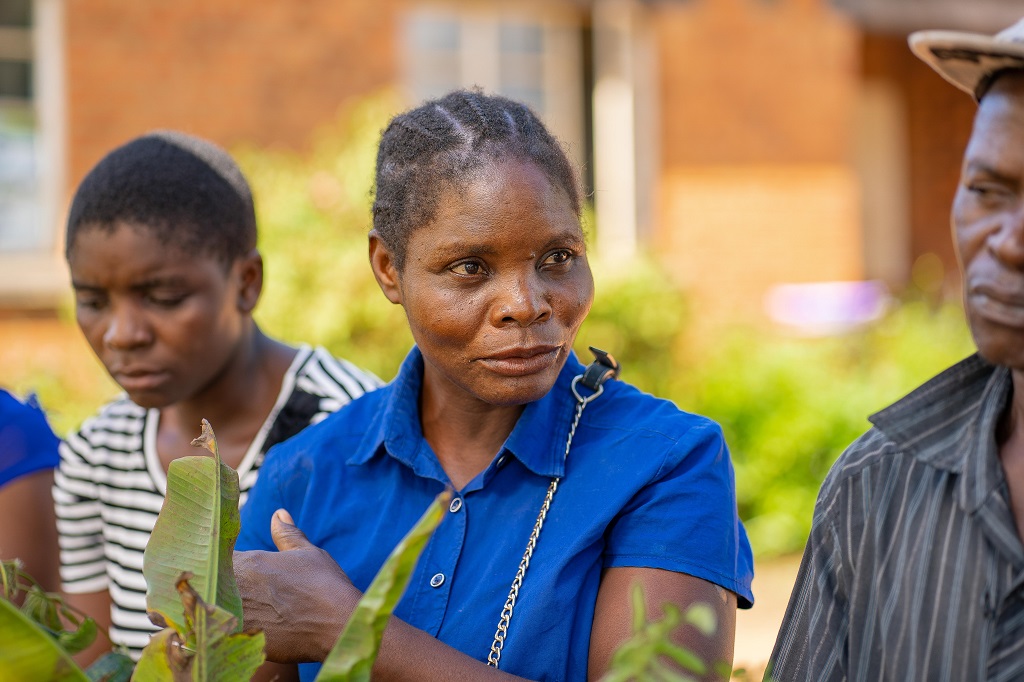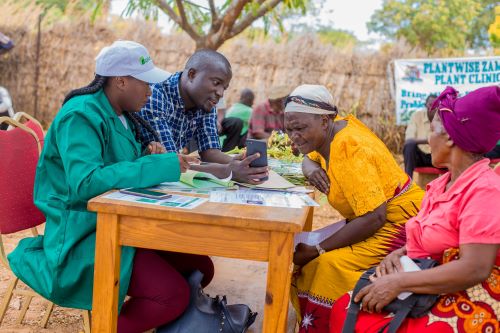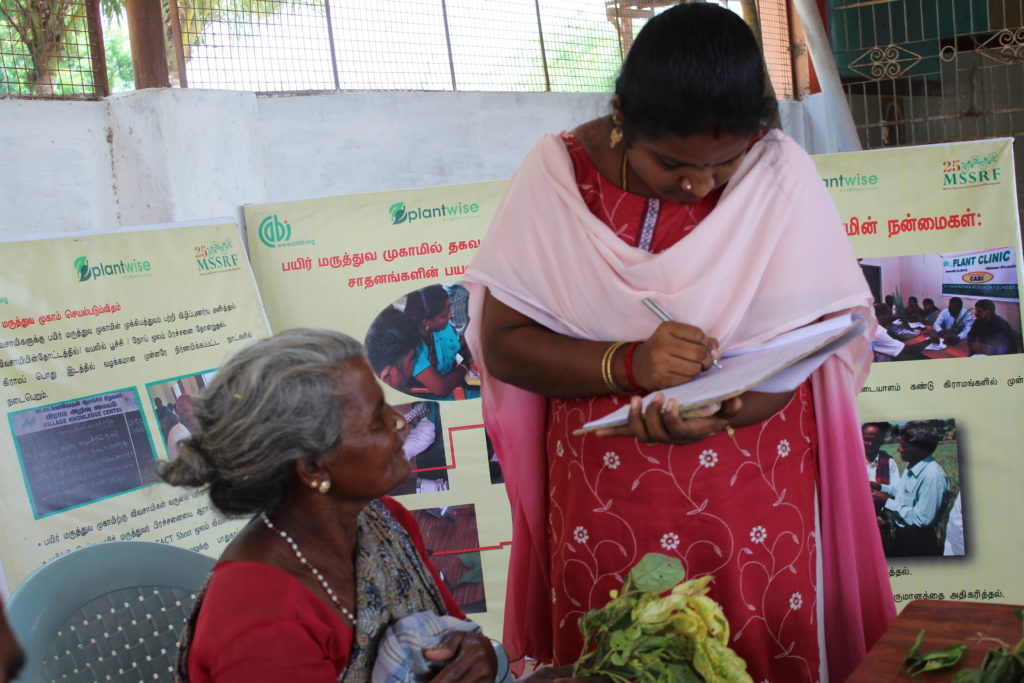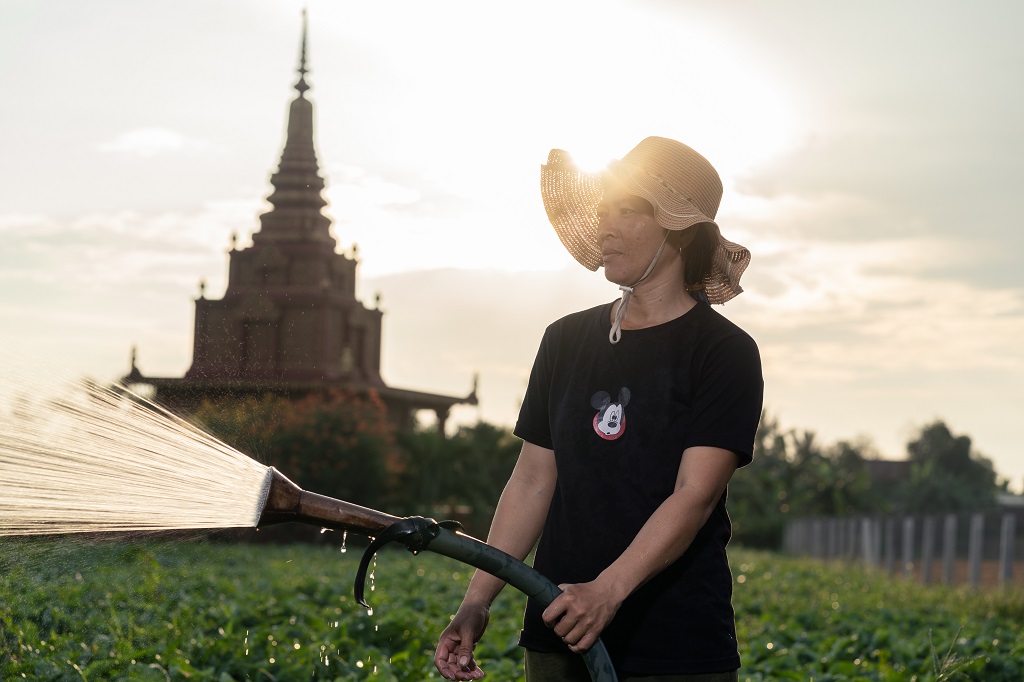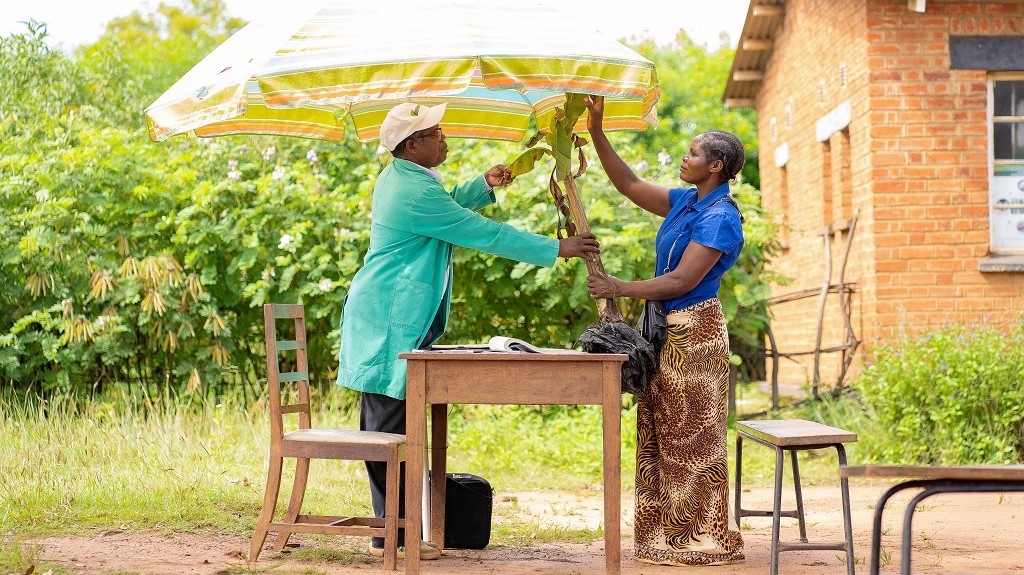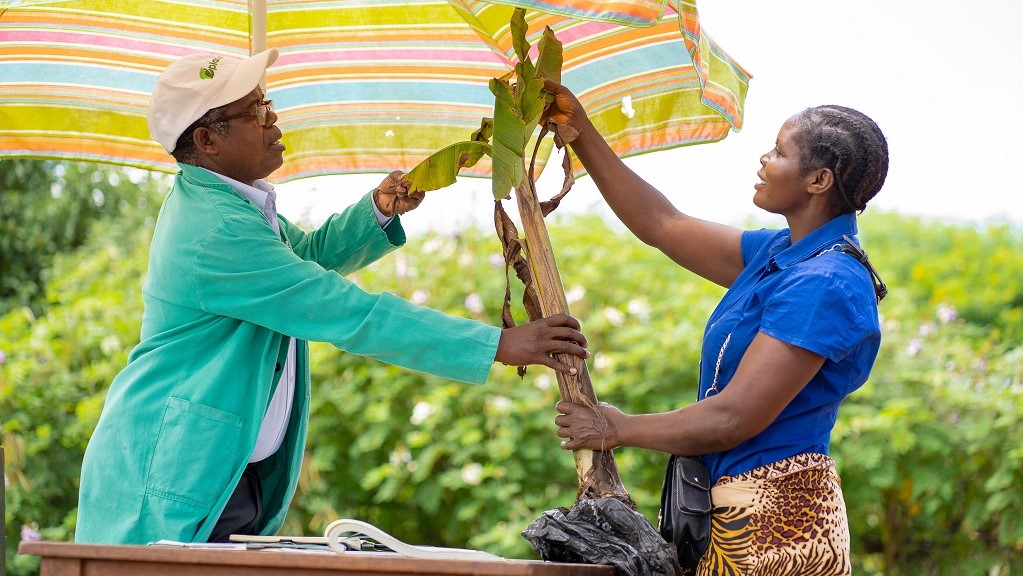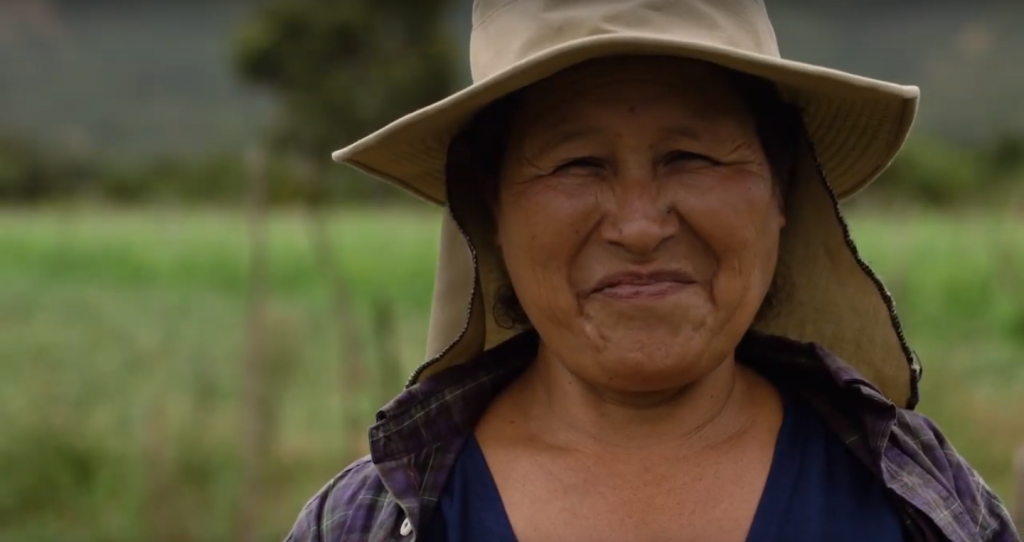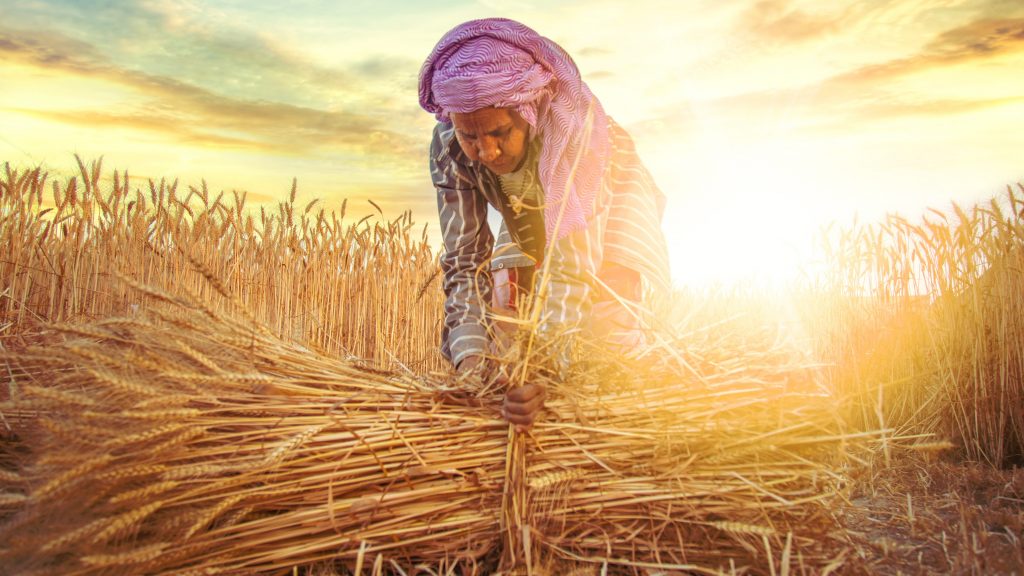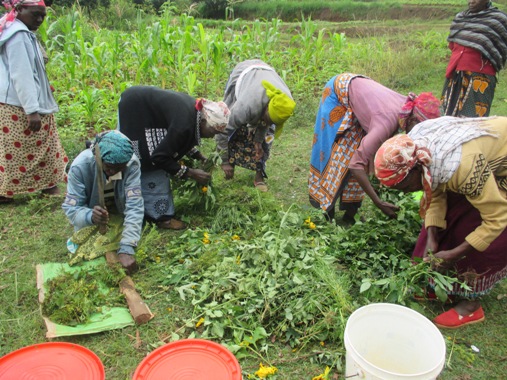Plant clinics: Gender impacts in Zambia
Women are key to the future of agriculture and ending world hunger. Currently, female farmers make up 43% of the global agricultural workforce and play an important role in farming production and improving food security. However, the hurdles women face are real. Women often find it harder than men to access agricultural information, finance and…
Meet Chheng, a farmer from Cambodia using natural methods to control pests
In a new video, Plantwise follows Chheng Sok Khim, a farmer growing vegetables in Kandal province, Cambodia. Ms Khim struggled to control the pests on her farm and turned to chemical pesticides, but this ended up costing her more money and negatively affected her yields and her health.
“Plant clinics help me continue to support my family through farming.” Meet Joyce, a farmer from Malawi
Mayi Joyce Vito is a middle-aged woman with a one-acre farm in Nanjiri, Lilongwe, Malawi. She grows groundnuts, maize and occasionally, cassava. She also has a piece of dambo land where she grows vegetables and has a number of banana trees. Nanjiri is one of the areas in Lilongwe which is regarded as a ‘food…
More women are getting access to plant health advice through Plantwise and they grow the same crops as men
It is widely known that women have less access than men to agricultural extension services. Extension agents most often speak to household heads who tend to be men, as well as other male farmers. Plus, the extension agents themselves also tend to be men. Women often work longer hours than men too (12-17 hours per…
“We the women can do it.” Meet Jacinta, a farmer from Bolivia
In a new video, Plantwise follows the life of Jacinta Delgadillo, a farmer from Comarapa, Bolivia. Jacinta and her family grow beans, peppers, and other crops for food and to generate an income. When the crops are attacked by pests and diseases, Jacinta uses her local plant clinic to gain knowledge on how to better…
Female farmers and extension workers should take the lead in reducing gender inequality in agriculture
A CABI-led study which compares male and female perceptions of access to and use of agricultural advisory services to help improve yields says women should take a lead role in helping to reduce inequalities which hinder their contribution to farming. Julien Lamontagne-Godwin, lead author of a new paper, published open access in the Journal of Agricultural Education…
Meeting the needs of women farmers in Pakistan
Globally, women represent 43% of the agricultural labour force but they have less access than men to credit, education, land ownership, high quality inputs, and rural advisory services. Agriculture can be a powerful pathway out of poverty but without fair access to these things, women aren’t always in a position to fully benefit.
The Umatui amazing site women group tackle Tuta absoluta
Located in semi-arid Eastern Kenya, Machakos county is home to the Umatui amazing site women group. The group comprises 15 members who mainly grow tomatoes, cowpeas, pigeon peas, and maize. It is among eight other women groups working with Katoloni Community Based Organisation (CBO), a non governmental organization under infonet biovision. The CBO runs a mobile…
- « Previous
- 1
- 2
- 3
- Next »

